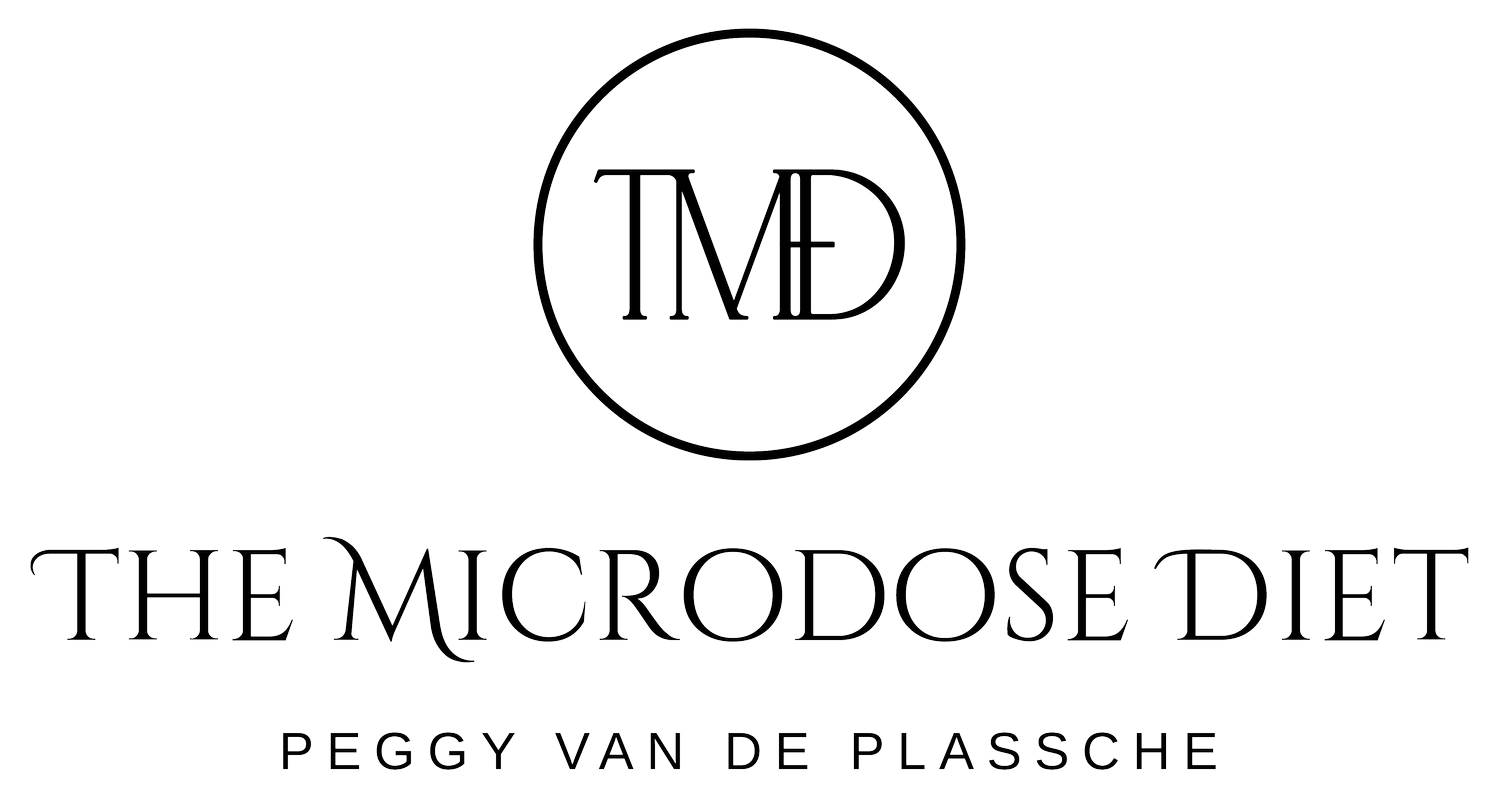Did you know that 30% of women who are ultimately diagnosed with ovarian cancer are first referred to a mental health specialist and prescribed antidepressants—dismissed as if their pain were all in their head—before ever receiving a proper diagnosis?
But imagine this: A simple blood test that could detect ovarian cancer early, saving countless lives. It sounds like science fiction, but thanks to cutting-edge innovation, it’s becoming a reality. In my latest conversation on my podcast, I had the privilege of speaking with Oriana Papin-Zoghbi, CEO of AOA Dx, whose mission is to revolutionize women’s health with early ovarian cancer detection using liquid biopsy technology.
This matters—80% of ovarian cancer cases are diagnosed at stage 3 or 4, when survival rates plummet to 28%. But if detected at stage 1 or 2, that number skyrockets to 90%. The problem? There has been no reliable, accessible diagnostic test—until now.
🛑 Why Has Ovarian Cancer Been So Hard to Detect?
Ovarian cancer is notoriously difficult to diagnose because:
Symptoms are vague and often dismissed as perimenopause, IBS, or stress.
It doesn’t show up clearly in imaging.
A tissue biopsy requires surgery—by the time it’s confirmed, it’s often too late.
This diagnostic gap has left women waiting 9 months on average for a proper diagnosis, often undergoing a frustrating trial-and-error approach with doctors.
🩸 A Blood Test That Could Save Lives
AOA Dx’s breakthrough lies in novel lipid biomarkers—a game-changer in cancer detection. Unlike traditional diagnostics that focus on proteins, circulating DNA, or tumor cells, this approach identifies glycolipids shed into the blood by ovarian cancer cells, offering an early and accurate detection method.
🚀 Why Now? The Tech Finally Caught Up
What’s exciting is that this wasn’t possible 10 years ago. Advances in:
Machine learning & AI for multiomic data analysis
Precision instruments capable of detecting lipid biomarkers
Improved diagnostic algorithms for more accurate results
…have finally aligned to make early detection of ovarian cancer a reality.
📉 Healthcare’s ‘Treat, Not Prevent’ Problem
A recurring theme in our discussion was the reactive nature of healthcare. The system is built to treat diseases, not prevent them, which means funding and focus have lagged for early diagnostics. Ovarian cancer has had no major innovations in 30 years, partly because:
It lacks a high-profile awareness movement (think breast cancer’s pink ribbon).
It wasn’t prioritized for research and funding.
The biology of ovarian cancer makes early detection particularly challenging.
💰 The #1 Barrier? Reimbursement & Public Policy
Even with groundbreaking technology, getting healthcare systems to pay for it is a battle. In the U.S., insurance reimbursement for diagnostics can take years to approve—far too long for startups trying to survive. Without financial support, innovation dies before it reaches patients.
Public policy needs to evolve to streamline reimbursement, making early detection tests more accessible and preventing late-stage diagnoses that cost the system far more in the long run.
💡 The Takeaways: What Needs to Happen?
1️⃣ Patients need to self-advocate – Women must push for answers when experiencing symptoms, not accept dismissals or delays.
2️⃣ Physicians need better tools – Doctors currently have no reliable test to differentiate ovarian cancer from other conditions. AOA Dx’s blood test changes that.
3️⃣ Healthcare needs a prevention mindset – Investing in early detection saves lives and money. Policymakers and insurers need to step up.
⏳ The Future of Women’s Health is Here
This is bigger than just one test—it’s about redefining how we approach women’s healthcare. By focusing on early diagnosis, leveraging AI-driven precision medicine, and advocating for smarter healthcare policies, we can move from a reactionary system to a preventative, life-saving one.
Are we ready to make early detection the norm? Let’s keep the conversation going—hit Reply and share your thoughts!
Stay empowered,
Peggy Van de Plassche
Peggy Van de Plassche is a seasoned advisor with over 20 years of experience in financial services, healthcare, and technology. She specializes in guiding boards and C-suite executives through transformational change, leveraging technology and capital allocation to drive growth and innovation. A founding board member of Invest in Canada, Peggy also brings unique expertise in navigating complex issues and fostering public-private partnerships—key elements in shaping the Future of Business. Her skill set includes strategic leadership, capital allocation, transaction advisory, technology integration, and governance. Notable clients include BMO, CI Financial, HOOPP, OMERS, GreenShield Canada, Nicola Wealth, and Power Financial. For more information, visit peggyvandeplassche.com.
#biotech #cancer #healthcare #womenshealth

